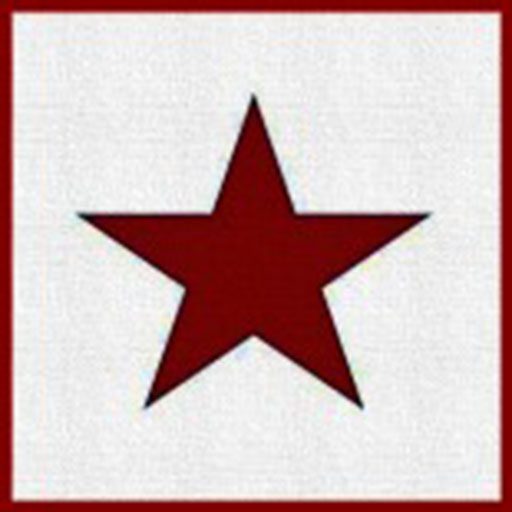the museum is delighted to announce that contributor Sue D. Gelber has joined our editorial team! She will be serving as editor for our new humor section. In this Q&A, Sue shares about her journey to humor writing along with some tips and resources for submitters. You can also check out her recent work in Issue 18.
How did you come to humor writing, and what pieces or writers have influenced your work?
I was in a workshop in Chicago (shout out to Wesley Writers!) and we started each session sharing pieces inspired by a prompt. One week, I had a goofy piece and someone said, “Send it to The New Yorker!” I did. It was promptly rejected. But the editor encouraged me to submit again. And voila! I got an acceptance a mere nine years later.
As for influences, I took classes with Caitlin Kunkel and Brooke Preston through Second City. They heavily shaped my humor writing and helped me as an editor. Instead of just reading a piece and thinking it’s funny (or not), I try to ask “What’s really going on here? What aspects are helping the piece and what ones are working against it?”
What are you looking for when reading submissions for the museum? Do you have any Dos and Don’ts for submitters?
The piece needs to fit the aesthetic of the publication. If I get a story about a British tourist in Japan, there needs to be some tie to Americana, no matter how funny it is.
Always get feedback before submitting. Humor, especially conceptual humor, can be tricky, so you need someone to tell you if the piece is landing or not. You can’t fix something if you don’t know what isn’t working.
As for subject matter, I think it’s fine for pieces to be somewhat topical. However, given the lead time for the museum, things that are evergreen are probably better.
Most importantly, don’t be mean. There’s enough of that in the world. (Unless you’re skewering someone in a position of power who’s behaving badly. In that case, have at ’em.)
How do you define humor writing? Do you see any common misconceptions about the genre? Does/should it have a purpose?
We most often think of humor as satire or conceptual humor, but fiction and personal essays fall under humor writing as well. Erma Bombeck was writing humorous personal essays before anyone was using the term. She revealed a truth by poking fun at it, which I think is what good humor pieces do.
What are some good examples of humor writing from the museum and elsewhere that embody the aesthetic? Do you have any good resources for those new to the genre?
I loved the humor pieces from the museum’s animal-themed issue. “Guidance Counselor’s Notes” was a great use of form and made a completely wacky world seem real. “The New Face of Change” took a humorous and nostalgic look at a specific moment in time. “Resemblance” was a great example of a short story based on a funny premise.
Beyond the museum, I’m a fan of Julie Vick’s work. She really leans into form (such as “William Carlos Williams Poems for Introverts” and “Chopped Narrates Me Cooking a Summer Side Dish”). I also love Riane Konc (“Tips for Writing a Novel”) and Rebecca Saltzman (“Hamlet Hosts A Father’s Day Bruch”), plus so many others that I can’t list them all here. I suggest aspiring funny people read The Belladonna, McSweeney’s Internet Tendency, Shouts and Murmurs at The New Yorker, Funny Women atThe Rumpus, and Loose Ends in the New York Times (which has been on fire lately).
For resources, the Second City Training Center offers online classes, including a series on writing satire for the internet. Also, Elissa Bassist teaches a great humor writing class through Catapult in NYC and it’s also available online, so no excuses, people.
And for reading, sign up for Hyoom, Alex Baia’s newsletter and read his list of mistakes to avoid. Finally, Scott Dikker’s book How to Write Funny is a classic. Happy reading!
~~~
 Sue D. Gelber is a New Englander turned Chicagoan now living in Colorado where she writes fiction, humor, and grocery lists. Her work has appeared in several publications including The New Yorker Daily Shouts, McSweeney’s Internet Tendency, Electric Literature, The Belladonna, The Chicago Tribune, and Weekly Humorist. You can track her down at suedgelber.com or follow her on Twitter at @suegelber.
Sue D. Gelber is a New Englander turned Chicagoan now living in Colorado where she writes fiction, humor, and grocery lists. Her work has appeared in several publications including The New Yorker Daily Shouts, McSweeney’s Internet Tendency, Electric Literature, The Belladonna, The Chicago Tribune, and Weekly Humorist. You can track her down at suedgelber.com or follow her on Twitter at @suegelber.
